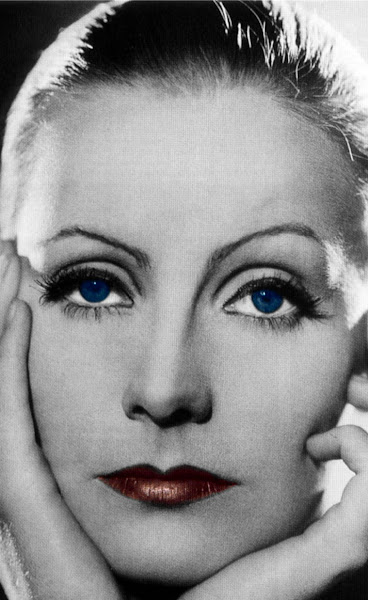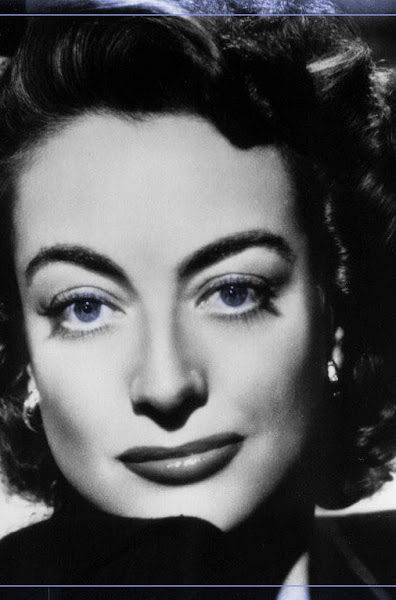 ** ½ out of ****
** ½ out of ****
A professor of mine once described Warhol protégé Paul Morrissey’s 1970 film, “Trash” (officially titled “Andy Warhol’s “Trash”), as “very, well, trashy.” No description more succinct and more appropriate has ever been uttered.
The first image of “Trash” is Warhol Superstar Geri Miller performing fellatio on the protagonist, Joe Dallesandro, a physically jacked heroin junkie with a lusciously curved ass on which Morrissey’s camera idles. “Trash” is not really pornography, though, despite the brief rise of pornography in mainstream cinema around that time. Instead, “Trash” centers on the mundane activities of Joe as he feeds his habit and, as a result, has a bad habit of being impotent.
Of note, Morrissey’s grainy footage and penchant for close-ups can be misleading. Although it contributes a documentary-like sensibility to “Trash” – and, hence, a more “real” aesthetic – I do not think Morrissey’s purpose is to follow Joe around like in a modern reality television show. Instead, Morrissey was interested in depicting the consequences of too much sloth and decadence. (In fact, the title of the film was originally to be the obviously self-conscious “Drug Trash.”) As a result, it becomes purposefully difficult (on the film’s part) to permit spectators to identify with Joe’s stiff, nebulous performance and perpetual stupor (despite his evident sex appeal).
But how is this film queer, you ask? Enter Holly Woodlawn, transsexual Warhol Superstar and Joe’s on-screen girlfriend and landlady, Holly. She hilariously derides Joe for his habits and histrionically and enthrallingly steals every scene in which she appears. Her presence in the film, though, activates the film’s queer element, unlocking copious amounts of (pan)sexualities.
In one scene where Jane (played by Warhol Superstar Jane Forth, who bears an uncanny resemblance to Julianne Moore’s Amber Waves in “Boogie Nights” (1997)) sits with Joe while he bathes, she coyly asks, “Are you one of those bisexual people?” He ambivalently responds, “Naw.” However, by way of the plot, viewers learn that Joe does have sex with men and women (supposedly when he can “get it up”). The typical assumption would be to say that Joe is actually bisexual, as a result. However, how do you describe his sexual relations with Holly, who is transsexual? He is a queer character because his sexuality exists on an unfixed continuum that incorporates Holly.
But what does this queer ubiquity say about “Trash”? It could be argued that, to Morrissey, it becomes another factor in the film’s repulsive debauchery. On the other hand, the optimistic perspective would emphasize the positive response to the film, especially from audiences that included (the) most famously gay director of Classical Hollywood cinema, George Cukor. “Trash” is “very, well, trashy,” and it is indulgently enjoyable (and embarrassing, depending on with whom you screen it), but its place in queer cinema history is certain. Even if Morrissey was trying to depict depravity in order to criticize it, he still donated an important film to our canon.
(Coincidentally, I discovered a book on this subject after having written this review. This book is (appropriately) called Trash: A Queer Film Classic (Queer Film Classics).)
*As seen in the March 2010 issue of "Out & About" newspaper. To access it, click here.*
March 1, 2010
Trash
Labels:
classics,
film,
GLBTQ cinema,
queer theory,
REVIEWS
Subscribe to:
Post Comments (Atom)

.jpg)

.jpg)
.jpg)

No comments:
Post a Comment